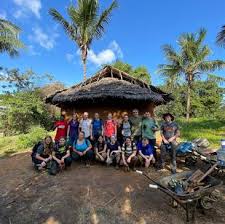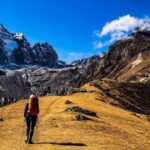Community‑led conservation projects in Kenya are reshaping the way wildlife is protected. These initiatives actively involve local communities, giving residents a direct role in safeguarding their environment. By doing so, they reduce poaching, restore habitats, and create sustainable livelihoods for local people. When communities take ownership of conservation, the results are longer-lasting and more impactful.
Why Community-Led Conservation Projects Matter
Community‑led conservation projects help bridge the gap between environmental protection and local development. Residents participate in wildlife monitoring, anti-poaching patrols, and habitat restoration programs. These initiatives also foster eco-tourism, providing educational opportunities for visitors while generating income that benefits local communities directly.
Examples of Successful Projects Across Kenya
From the Maasai Mara to Laikipia and Amboseli, community-led conservation projects have achieved remarkable success. They protect endangered species, rehabilitate degraded land, and maintain cultural traditions. Tourists visiting these projects gain first-hand insight into conservation efforts while contributing to local economies.
How Visitors Can Support
Supporting community-led conservation projects in Kenya is easy. Tourists can choose eco-friendly lodges, join responsible wildlife tours, or donate to reputable initiatives. Each contribution strengthens the connection between people and nature, ensuring that conservation efforts continue for generations.
By prioritizing local involvement, community-led conservation projects in Kenya demonstrate that sustainable wildlife protection and community empowerment can go hand in hand. These projects not only save animals but also provide lasting benefits for the people who share their land with wildlife.


